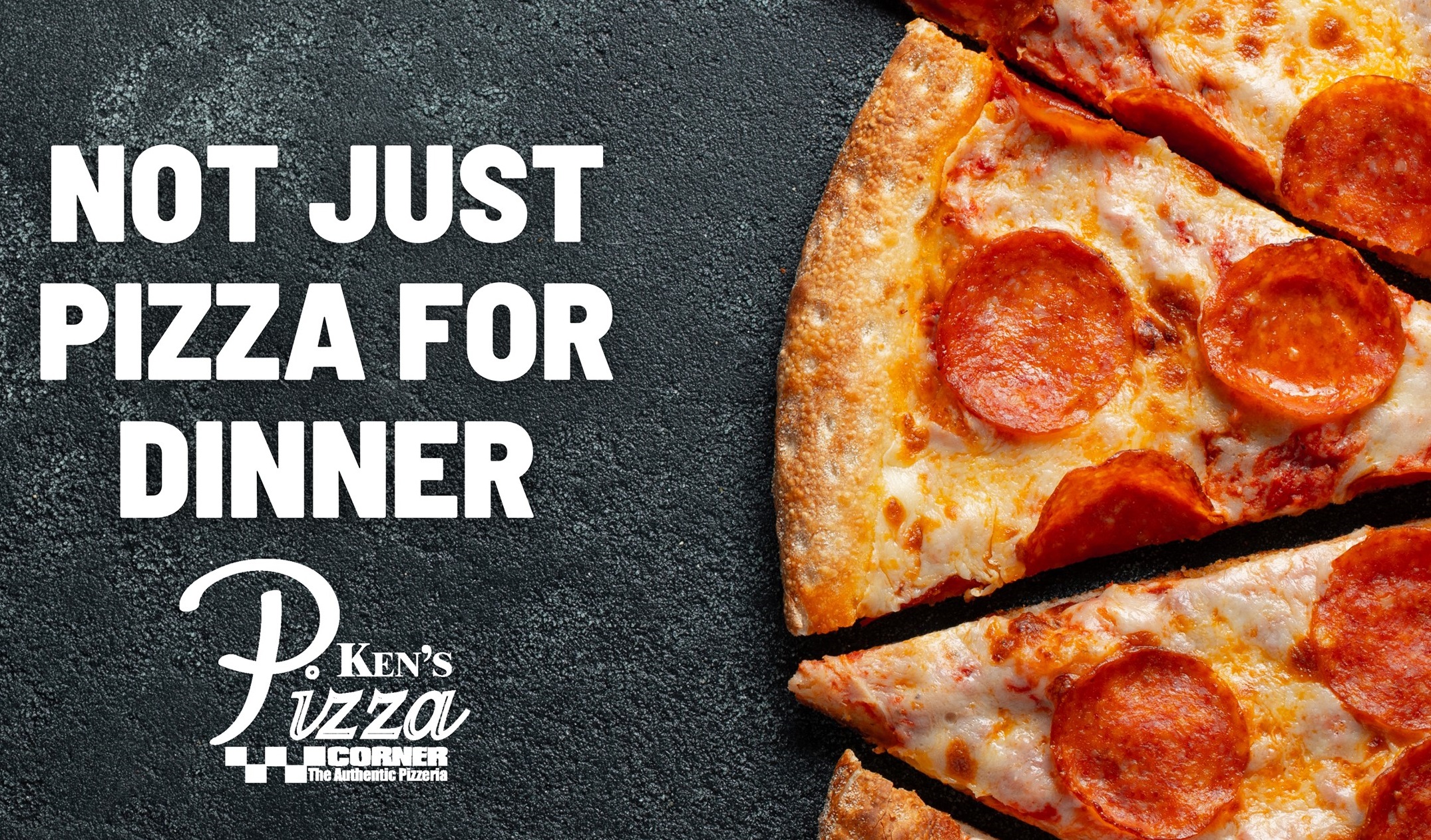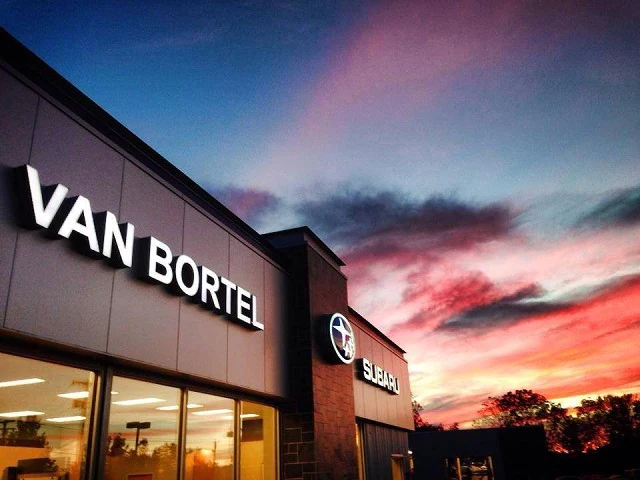Lifestyle
Rochester restaurants re-imagine sit-down service

Park Avenue on a warm Thursday evening in May is, in normal times, ripe with life. College students living up “Thirsty Thursday,” professionals networking over cocktails and gourmet burgers, and couples out for a date night make up the near-end-of-week nightlife.
But in 2020, Park, like most every other street, is sleepy.
As Rochester launches the first phase of reopening the economy with manufacturing and construction, restaurants and bars await the third phase for their turn. That phase, as outlined by the state, has no timeline, and what food and drink establishments might look like when they do reopen is an open question.
Will there be capacity restrictions? Will there be street dining? Will the city still charge restaurateurs fees for sidewalk seating? Will we once again be able to belly up to a bar?
They are questions with which cities around the country are wrestling.
Take New York City, for example, where restaurateurs are pushing Mayor Bill DeBlasio to shut down streets to allow restaurants to set up in the roadway. Cincinnati is in the process of implementing a similar “open street” program, shutting down 25 streets to make room for restaurants. Tampa is also allowing street seating in so-called “business recovery zones.”
Rochester spokesperson Justin Roj said the city is still planning its approach to reopening restaurants and that everything is on the table.
“We’re exploring those options, and, of course, we also have to be mindful of first responders having access to those streets, and the residents of those areas as well,” Roj said. “Certainly, there’s potential, but those are things we need to have more detailed conversations about.”
Restaurant owners are taking a beating, barely keeping the lights on with curbside deliveries, and they’re ready to try something new as soon as they’re given a green light.
“We’re on life support, but you know, we’re making it happen,” said Chuck Cerankosky, who owns Good Luck in NOTA, CURE at the Market, and Lucky’s on North Winton Road.
Cerankosky has a list of plans for his restaurants. Among them, converting Good Luck’s garden space into a picnic-type outdoor seating area, setting up sidewalk seating at Lucky’s, and utilizing the nearby Public Market parking lot space as a dining area for CURE.
“Thankfully, the city is playing ball and being flexible with sidewalk permits, or in instances where streetside parking is available, can be converted into seating, that’s all great,” Cerankosky said.
At Blu Wolf Bistro on Park, owner Justin Snyder said he’s been looking at what other regions of the country have been doing to get an idea for what his restaurant could do.
“Maybe there’s a way to allow restaurants to do things that normally wouldn’t be permitted to allow them to have something going on,” Snyder said. “Restaurants have been pretty hurt, and the city needs to make it a priority to help all restaurants.”
Snyder said Blu Wolf already plans to erect 30 sidewalk tables and would jump at the chance to take over some streetside parking spaces.
“Whatever we think we can promote and do safely, I’d like to do,” Snyder said. “That’s the big thing for us, making sure everything is safe.”
Tap and Mallet, meanwhile, has 24 sidewalk seats and a patio in the South Wedge. The next step for owner Joe McBane would be to expand into the restaurant’s parking lot, which he said would require approval from the State Liquor Authority.
“It’s pretty simple, the more you can expand your footprint outside, the more opportunity you have to serve more guests,” McBane said.
The city sidewalk cafe program charges $40 per table and four chairs for an eight month season.
Roj said the city is weighing options on expanding that program and providing more options for restaurants. Any decision the city makes, Roj said, must be functional, equitable to a diverse swath of neighborhoods, and safe.
“We want to be mindful that if we’re looking at one thing that will work in one area of the city, we want to make it work in other areas of the city where there’s potentially a bar or a restaurant that can benefit from it,” Roj said.
When it comes to shutting down streets to public eating spaces, Roj said executing the proposition could be complicated.
“How do you handle traffic if it becomes a one-way? Do you make use of parking lots? What about the businesses on the other side of the street?” Roj asked. “There’s a lot of considerations there.”
Most restaurant owners are eager to open to sitting customers and prepared to accept a new normal that will be different from life four months ago.
Peter Gines, the owner of Jines Restaurant on Park Avenue, said in a perfect world, he could reopen at full capacity the minute the order is lifted. He also knows that isn’t going to happen, and is preparing an array of measures to change how the restaurant operates to ensure safety.
“Obviously safety is most important, if we’re reopened and allowed 25 percent capacity, I’m okay with that,” Gines said.
In Texas and Florida, where reopening of restaurants has begun, a 25 percent capacity limit has been placed on indoor seating. Gines and McBane are both expecting a similar restriction in Rochester upon reopening.
“Are we going to have to checkerboard the dining rooms, to say ‘okay, this booth you can sit in, this booth you can’t sit in, because of social distancing’?” Gines said. “I don’t have the answer there.”
The restrictions in place have been taxing on both Gines’s business and patience. He acknowledged, though, that the goal of reopening should not be a return to business as usual, but rather ensure that such stringent restrictions don’t return.
“Let’s do this once, and let’s do it right,” Gines said.
-

 New York2 weeks ago
New York2 weeks agoIn advance of the total solar eclipse, Governor Hochul provides safety advice
-

 Local News2 weeks ago
Local News2 weeks agoGannett should provide D&C journalists with more compensation and job security
-

 Local News2 weeks ago
Local News2 weeks agoFollowing an ATV accident, a man was rescued from Flint Creek
-

 Local News2 weeks ago
Local News2 weeks agoHotels in the Rochester region ready for surge of eclipse fans
-

 Local News6 days ago
Local News6 days agoReunited Afghan family in Rochester after almost ten years apart
-

 Local News2 weeks ago
Local News2 weeks agoA total solar eclipse brings families together from all across the nation
-

 Local News1 week ago
Local News1 week agoThe New York measure would alter the way that auto warranty service is paid for
-

 Local News7 days ago
Local News7 days agoResidents in Rochester are irritated by careless driving




